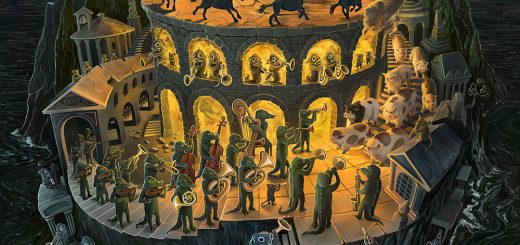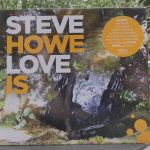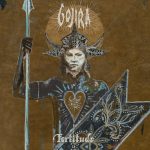Pain of Salvation: ‘Panther’ Review
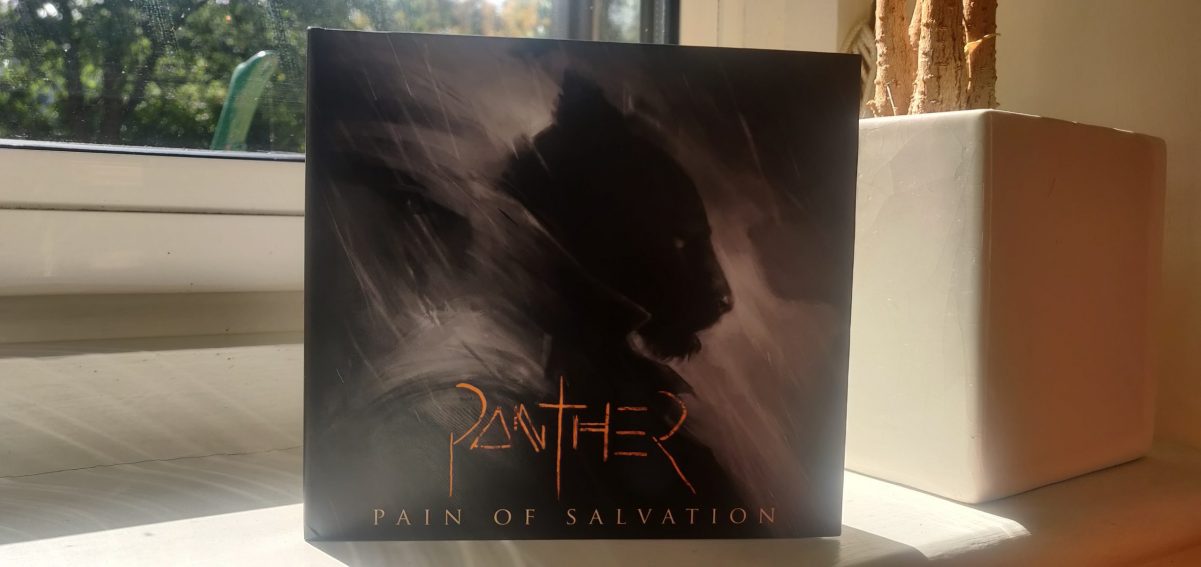
Pain of Salvation ‘Panther’ Album Cover
Pain of Salvation are back! After the success of their 2017 release ‘In The Passing Light of Day’ being a very moving reflection of the lead singer’s near-death experience, the band have come back with another fantastic album. The progressive metal band from Sweden are sticking to their somewhat experimental roots in this brand new album – but still sound like they have taken a lot of new influence from other bands in the wider progressive music genre like Leprous, Tesseract, and Agent Fresco.
Some brief personal history to get us all up to speed, the guitarist Johan Hallgren that left the band before the release of the 2014 album ‘Falling Home’ (and was also on the 7 releases prior) has now returned after the departure of his original replacement Ragnar Zolberg who left after the previous release. The bass player Gustaf Hielm who joined the band in 2011 has now left the band at the time of the announcement for ‘Panther’.
Confused about who’s who? I am. Let’s get into the music.
With the album split into three distinct chapters, the opening track ‘Accelerator’ starts us off with Chapter 1, ‘A Restless Boy in a World Too Slow’. This was the first single to be released from the new work. Immediately signalling a drift in compositional styles from their previous works, the heavy use of synthesisers is immediately thrown into our ears with the very first lick. This lick follows through the track and is glitched, developed, and pulled around in tandem with the heavy djenty guitar line following it. It’s a welcome new sound to the band’s repertoire and shows yet again that their compositional ideas have few limitations.
‘Unfuture’ be my favourite track on the album for the melodic use of what I can only describe as a “metal wild west” riff. The introductory acoustic guitar line is heavily saturated and creates a grand contrast from the electronic elements of the previous track. The backing vocals also really stand out to me on this track as their timbre create a perfect pairing for the lead vocals they are responding to. There’s also some really fantastic playing in the drumming department on this track from Léo Margarit.
The introduction of ‘Restless Boy’ gifts the listener with some synthesised tubular bells and glitch hop before leading into vocoded vocals. This track has by far one of my favourite vocal sections on the album as which I can only dub an ASMR djent breakdown. The theatrics of this the kick drum being paired up with the vocal line creates an uncertain atmosphere which always makes me feel uneasy, particularly when paired with the visualisations from the music video.
Thus starts Chapter 2, ‘For Me to Become I’ with the track ‘Wait’. As one of the longer tracks of the album, this song has a mellow feel to it that i really love. Having the acoustic piano leads acoustic guitar rhythms, and emotionally charged vocal lines blend together is absolute bliss. And even though the band aren’t trying to show off here, there’s still a number of advanced techniques used in their songwriting. The word painting of the lyric ‘Wait’ makes the meaning behind the song ever more powerful in such a subtle way. I also want to mention the ridiculously technical drum patterns in the outro which are full of reverb and kept me on my toes. I found it very hard to keep track of the morphing sounds and rhythms that close this track in a way that leaves the story unresolved given the lack of a conclusive closing cadence.
‘Keen to a Fault’ again has a great blend of instrumentation. There’s some beautiful acoustic guitar playing in the verses which creates a clear division from the verse chorus structure. That is until we hit the breakdown towards the end of the track where everything comes together in a dramatic conclusion.
Changing things up yet again, ‘Fur’ just a short banjo instrumental track which connects us to the third and final chapter of the album, ‘How to Mourn the Living’.
The title track ‘Panther’ is reminiscent of bands like Linkin Park and Papa Roach in many ways with plenty of other metalcore influences added into the mix. Daniel raps his way through most of the vocals in this track to a repetitive synthesised rhythm section. It’s the sort of track I like to hear from bands like Pain of Salvation – something completely out of the box and unexpected, but still ties into the traditional themes that we associate with the musicians.
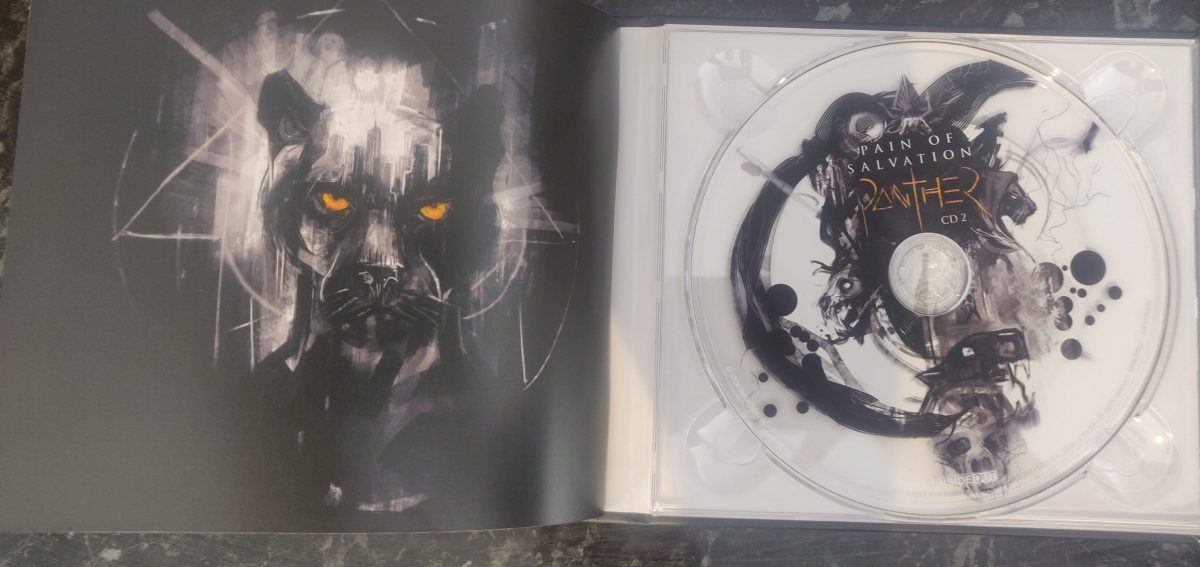
Inside the physical copy of ‘Panther’
The album finishes with ‘Icon’, one of the longer tracks in Pain of Salvation’s discography, but also matches the overall structure of many of their previous albums finishing with an epic. As many progressive rock and metal bands do. I won’t go into detail here as I’d recommend experiencing this one first hand. (It’s really really good).
Throughout the album I’ve been so incredibly impressed with the musicianship of everyone taking part. Whilst some of the more electronic based sections might not be for fans of classic progressive metal sounds, I found the variety incredibly enjoyable and think that it gives ‘Panther’ a unique place in Pain of Salvation’s discography. The production is fantastic, the melody writing is great, the instrumentation is wonderful, the singing is sublime, the… okay okay – I think you get the idea.
There’s very little on this album I haven’t fallen in love with, and as such, I’d highly recommend giving it a spin.
It’s also worth noting that inside the physical album casing, the lyric book ends with a single page that says “To Be Continued…”, so hopefully we can expect a multi-part album from Pain of Salvation exploring the same themes and stories that ‘Panther’ has.



